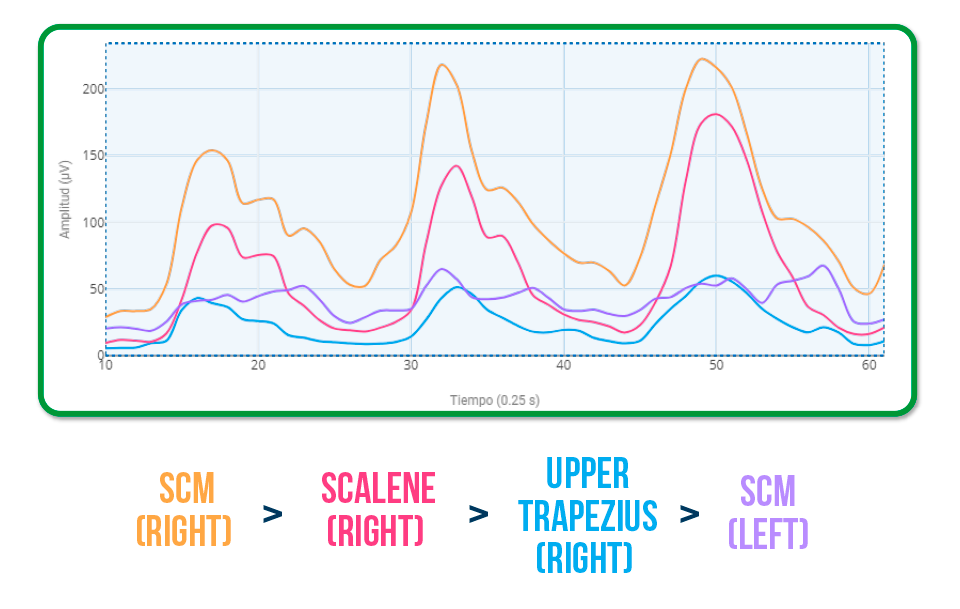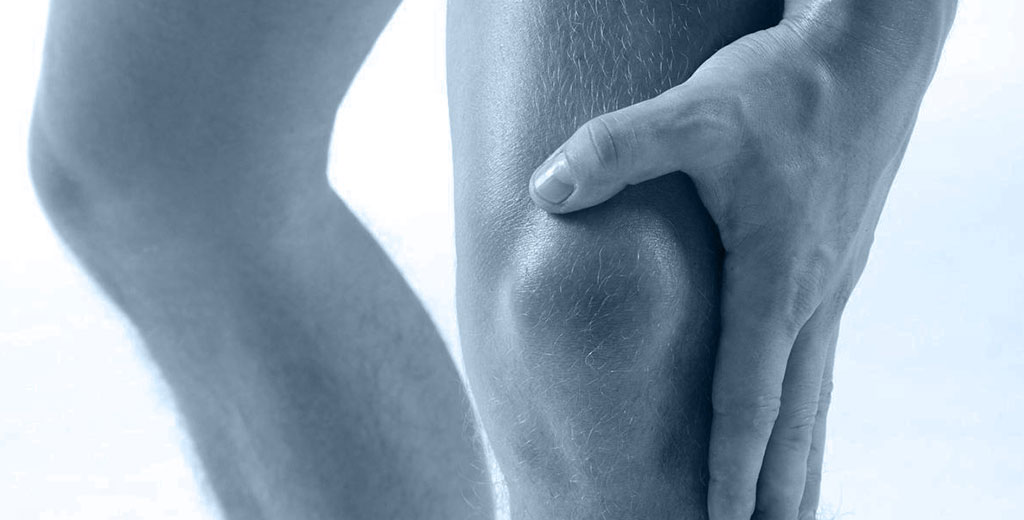Cervical lateral flexion is a fundamental movement in neck and cervical spine biomechanics.
This motion allows the head to tilt to one side, facilitating everyday actions like shifting gaze, holding a phone between the shoulder and ear, or adjusting head posture in different positions.
When muscle synergy is optimal, the involved muscles work in coordination, enabling smooth and unrestricted lateral flexion.
However, muscle imbalances can lead to overactive or inhibited muscles, limiting movement and causing:
- ❌ Pain and muscle overload
- ❌ Compensatory postural patterns affecting the entire cervical and dorsal region.
In this article, you will learn how to assess muscle activation in cervical lateral flexion, identify altered activation patterns, and apply corrective strategies to optimize cervical function.
Want to improve your cervical mobility evaluations? Click here to learn more about mDurance electromyography (EMG) services.
Key Muscles Activated in Cervical Lateral Flexion
During right lateral flexion, the most active muscles are:
- ✅ Right Sternocleidomastoid (SCM): Primary mover with the highest activation during lateral inclination.
- ✅ Right Scalene: Supports SCM, enhancing movement amplitude.
- ✅ Right Splenius: Aids in lateral flexion and slight head rotation, providing stability.
- ✅ Right Upper Trapezius: Stabilizes and maintains neck posture, assisting movement.
- ✅ Left SCM & Scalene: Minimal activation to stabilize the neck and prevent excessive inclination.
Ideal Muscle Synergy in Right Lateral Flexion:

SCM (Right) > Scalene (Right) > Splenius (Right) > Upper Trapezius (Right) > SCM & Scalene (Left)If this synergy is maintained, lateral flexion is efficient and strain-free.
Example: Patient with Pain & Limited Right Lateral Flexion
A patient presents with pain and restricted right lateral flexion.
EMG analysis reveals an altered muscle activation pattern:

❌ Upper Trapezius (Right) > Scalene (Right) > SCM (Right) > SCM (Left)
Identified Alterations:
- Excessive activation of the right upper trapezius → Causes unnecessary tension and contributes to pain.
- Deficient activation of the right SCM → Reduces lateral flexion capability, limiting movement.
Comparison with a Healthy Activation Pattern
To better understand the issue, we compare muscle activation in the patient with that of a healthy individual:

✔ SCM (Right) > Scalene (Right) > Upper Trapezius (Right) > SCM (Left)
Key Differences:
- – The upper trapezius in a healthy individual activates 3x less than in the patient with pain.
- – The right SCM in a healthy individual activates 2-3x more than in the patient with pain.
Excessive upper trapezius activation and insufficient right SCM activation disrupt normal muscle synergy, restricting movement and causing pain.
How to Correct Altered Synergy in Cervical Lateral Flexion?
To re-educate this pattern, it is essential to:
- 🔹 Reduce upper trapezius overactivation using relaxation techniques & motor control exercises.
- 🔹 Enhance right SCM activation through targeted exercises & biofeedback.
- 🔹 Use EMG biofeedback to retrain muscle patterns and ensure effective progress.
See you in the next post! 😊

